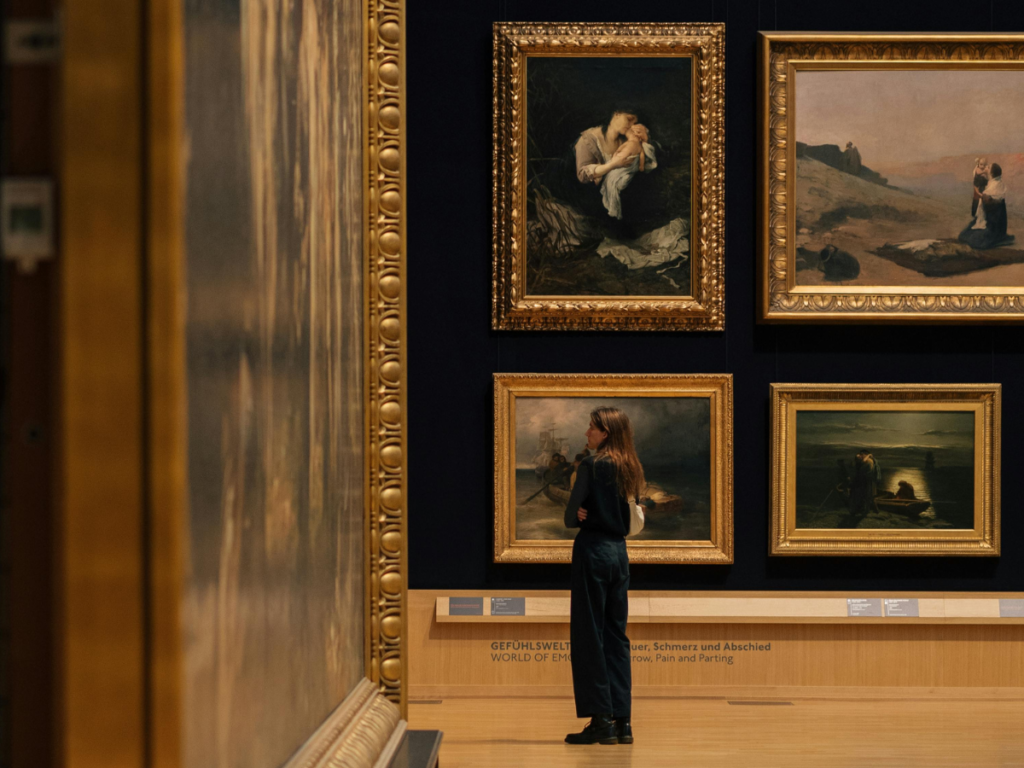It’s been a month since I’ve been confined within these walls. Though I’ve been a civil engineer for fifteen years, I’ve never felt such a deep connection to walls before. They’ve become my closest confidants—silent companions that not only reflect my thoughts but also keep me upright as I lean on them, thanks to my vertigo. These walls don’t just create physical boundaries; they carve out metaphorical and psychological ones, shaping the limits of my world.
The Walls That Hold Us
Most of the walls in my spacious apartment are pristine white, undecorated, without a single picture or ornament to break their stillness. This minimalism extends to the open-plan area where I spend most of my time—the kitchen, dining, and living spaces blending seamlessly together. Here, as in the other rooms, the walls remain bare, save for one. I designed that wall specifically to maximise natural light in the apartment. Rather than decorating with art or hangings, I used freestanding objects to subtly define the spaces.

The Art of Framing
I don’t know if I’ve left the walls undecorated for three years because I appreciate their simplicity or because I can’t decide how they should look. I’ve toyed with ideas but never settled on anything concrete. I didn’t think of hiring a designer, though I considered those options from time to time. Ironically—or perhaps not—I started the process of decorating just before I fell ill. Now, in the midst of my recovery, I find myself “honoured” by the presence of workers bringing my ideas to life, transforming my space into something more functional. Slowly but surely, I’ve managed to define two of the four walls in this bustling room.
As I write this, I often glance at the third wall—a long, empty stretch that still resists my imagination. Recently, I bought a stunning antique mirror. It’s a frameless square, bold and unique. When it first arrived, it seemed to dominate the room, even while just propped casually against the wall. Yet, as the day wore on, it began to merge seamlessly with its surroundings—perhaps because it reflected them so effortlessly. Now, I spend my days contemplating how to compose this wall, envisioning how the mirror might interact with the TV and the other elements. I even discovered that modern TVs can come with customisable frames.

Walls, Frames, and the Boundaries We Choose
This led me to wonder why we feel such a compulsion to frame things. Do we do it to grant them new dimensions and meanings? Or is it simply our way of imposing boundaries to make the world easier to grasp? Do we stop at objects, or do we extend this need for frames to people, beliefs, and even our own minds? Perhaps walls—literal or metaphorical—serve to protect us by defining the spaces and times in which we live. But what happens when we decide to dismantle them, to reimagine our surroundings in ways that better align with who we are becoming?
I’ve begun to think that my hesitation to decorate is less about indecision and more about wanting to keep the walls open—receptive to growth and change. Maybe that’s why I’ve been reluctant to entrust this task to someone else or to commit to custom furniture that leaves no corner untouched. Perhaps I crave the freedom of openness, the possibility of transformation.
When we frame our perceptions, we risk losing sight of their infinite potential and the beauty that lies beyond description.

The Unframed Mystery of the Infinites
This reluctance, I realise, extends beyond walls to the most profound aspects of my life. It’s why I find it difficult to write about them. During the process of creating these memoirs, I’ve noticed that once I commit my thoughts to paper, they seem to disappear from my mind—at least temporarily. I can’t be sure if they’ll return; time will tell. Truthfully, I haven’t revisited much of what I’ve written so far. In a way, I’ve framed my thoughts, confining them to the page. And yet, it’s precisely this framing that I resist when it comes to the things that matter most to me.
When we frame our perceptions, we risk losing sight of their infinite potential and the beauty that lies beyond description. It’s as though, by defining them with words or boundaries, we limit their ability to evolve, to surprise us. They become static, unable to transcend our understanding. This reminds me of how the depiction of the Prophet Muhammad is considered taboo in Islam. The reasons vary among Muslim communities, but the underlying idea is the same: that any attempt to depict or frame the sacred risks reducing its essence.
As a Catholic, I feel a similar unease when trying to describe the Divine. God, by nature, transcends our finite minds and language. Similarly, there are aspects of life and perception that resist confinement, that elude our attempts to pin them down. It’s an acknowledgment of the limits of human understanding in the face of the infinite and the ineffable.
Perhaps it’s only through love—boundless, unconfined—that we can connect with one another and with the mystery that lies beyond the walls of language and perception.

Have you ever hesitated to frame something—whether in your home, your thoughts, or your life—because you weren’t ready to define it? Do you see walls as protection or as limitations? I’d love to hear your reflections.

